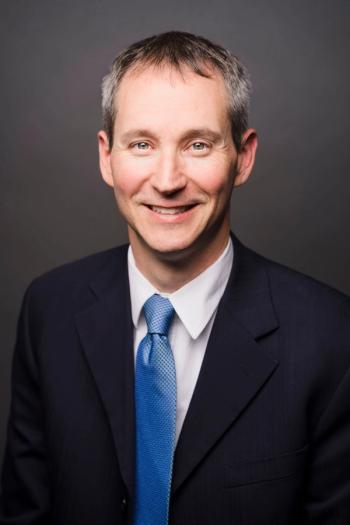
Physician Independence May Die by a Thousand Tiny Cuts
Patient-Centered-Medical Home and other efforts, when in practice, affect physician independence.
The American Medical Group Association’s (AMGA) annual meeting in Orlando can be best summed up with Board Chairman Michael Bukosky saying “This is our time, time to step up and act.”
Bukosky said that integrated systems of coordinated care are working. He urged partnering with patients and encouraging them to be responsible for their health.
A lot said in a sound bite and two short sentences.
Nonetheless, the AMGA seems to get that, with the current diversity (read: lack of readiness) that is existent in the Patient-Centered Medical Home (PCMH), Comprehensive Primary Care Initiative (CPCI) practices (which we have seen proliferating in New Jersey and elsewhere), the results of these programs are likely to be disappointing to some.
Disappointment, while virtually inevitable unless there are fundamental changes, will be unfortunate because the problem is not with the model. It is directly tied to the lack of infrastructure investment, organization, and strategic cost-reduction training being provided by CMS and the other payers in the programs.
There are very smart people in these organizations, and it is confounding that they would work to field thousands of physician teams without data and analytic support, cost-management coaches, and proper training.
If the ultimate goal is to significantly reduce total cost of care, then why is TransforMED (a private company that developed as offshoot of the American Academy of Family Physicians hired by CMS to provide support) focusing all of its efforts on internal practice processes? That area that represents only five percent of the cost of healthcare. Why are they not providing historical cost data, benchmarks, transparent rate information, information on the economic efficiency of specialist providers, and training on managing the cost and utilization of high-cost downstream medical services?
Why are we not taking advantage of the potential alignment of these practices, particularly where they in close proximity to each other, to organize them as cooperatives, collaborative, or an independent practice association (IPA)? A high-performing primary-care network can, with the aid of some price transparency and appropriate coaching, create marketplace pressure on high-cost providers to reduce not only utilization but unit costs as well.
Haven't we seen enough evidence of the advantage certain institutional providers take by delivering services in a market where the customer doesn't understand what they are buying? When prices are obscured to the consumer and where the consumer is sheltered from the price impact, the system is not only rigged, it is predatory.
Glass half full, we are dealing with a failure in leadership, but one should wonder who is drinking from that glass to make it that way.
Whatever the cause, wasting this superb opportunity to reform the healthcare system through provider-payer partnerships is a shameful disservice to the American people, taxpayers, and the most vulnerable among us.
The same sort of payer-physician partnerships that fueled the successful prepaid group practice models and gave rise to the Geisingers and the Kaisers of the world are obvious models. Also, today’s technology makes clinical integration equally available to the country doctor and metropolitan practice.
There is hope, though. The private sector is bringing practical solutions that can not only help these programs to be successful in their goal of substantially reducing the total cost of care, but also benefit patients, physicians and payers.
To survive and proliferate, they will require real leadership. Physicians need to step up and take that role. It will require the vision to recognize that we are going about this in the wrong way and to correct the course. The participation and commitment of the health care community, the cooperation of regulatory authorities and the political will to set aside ideology, partisanship and special interests to legislate in the best interest of the country will also play a central role.
Our present course, as characterized by the Doctor Patient Medical Association’s Kathryn Serkes, is disaster in slow motion.
It is one of the greatest and most dangerous threats this country has ever faced, and it is hard to see because it is death by a thousand tiny cuts, festering one by one.
Newsletter
Optimize your practice with the Physicians Practice newsletter, offering management pearls, leadership tips, and business strategies tailored for practice administrators and physicians of any specialty.








